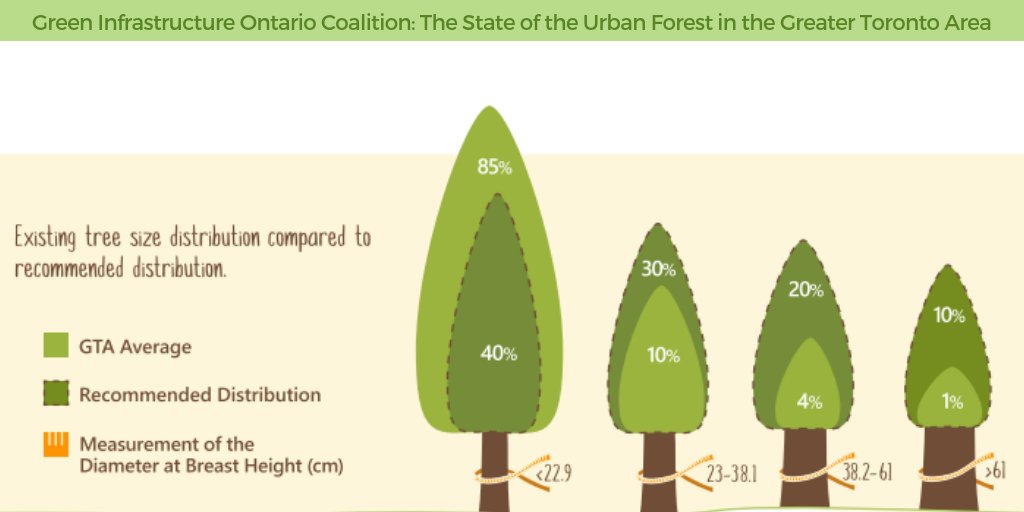When it comes to developing a landscape that flourishes, grasping the art of tree trimming is a must. Imagine being able to sculpt your trees with precision, ensuring their vitality and elegance for many years ahead. By finding out the vital methods for proper cuts, timing, and structural training, you hold the trick to a thriving outside room that will certainly excite all who experience it. Yet just how do these trimming approaches really impact the wellness of your trees and the total landscape aesthetic?
Appropriate Trimming Cuts for Tree Wellness
When it pertains to maintaining the health and wellness of your trees, making appropriate pruning cuts is essential. Inaccurate cuts can bring about illness, insect problem, and overall tree decrease. To ensure the vigor of your trees, constantly begin by utilizing sharp, tidy devices to make precise cuts.
Begin by recognizing the branch collar, an inflamed area where the branch affixes to the trunk. Reducing just outside the collar aids promote proper recovery and decreases the danger of infection. Prevent leaving stubs as they can welcome parasites and illness into the tree.
Keep in mind to make cuts at a minor angle, sloping far from the trunk, to avoid water from pooling on the injury. Furthermore, eliminate any kind of dead, harmed, or going across branches to enhance air blood circulation and sunlight infiltration.
Timing and Frequency of Trimming
To keep the health and framework of your trees, comprehending the optimal timing and frequency of pruning is vital.
The very best time to trim trees is commonly during the dormant season in late winter or early spring. Trimming throughout this period helps promote new growth once the tree starts budding in the spring.
However, some trees, like spring-flowering ones, are best pruned right after they end up flowering to stay clear of removing following year's blossom buds.
Routine trimming is necessary, but the frequency depends on the tree types and its growth rate. For most trees, an annual assessment to get rid of dead, diseased, or going across branches is recommended. Youthful trees might call for even more frequent trimming to develop a strong framework, while fully grown trees might just need maintenance trimming every couple of years.
Prevent trimming during the autumn when conditions are more conveniently spread out, and avoid hefty trimming throughout the summer season when the tree is actively growing.
Educating Young Trees for Structure
For establishing solid and healthy and balanced trees, training young trees for optimum structure is vital. By shaping a tree when it's young, you set the structure for a durable and aesthetically appealing fully grown tree.
Begin by identifying the central leader, which is the primary upward-growing branch. Urge the main leader's development by trimming away competing leaders, assisting the tree develop a strong main trunk. In addition, remove any type of branches that expand inward or downward, as they can cause structural issues as the tree expands.
It's important to room out side branches evenly around the trunk to advertise balanced growth. As the tree matures, continue to check its growth and trim as needed to keep its form and framework.
Effectively educated young trees are much less most likely to establish weak crotches or overcrowded branches, lowering the risk of damage during tornados. Spending time in training young trees will settle with a perfectly structured and durable tree in the future.
Final thought
Since you have grasped the important techniques of tree trimming, your landscape gets on its way to thriving. By using low maintenance garden , making accurate cuts, and effectively timing your pruning sessions, you are making sure the wellness and durability of your trees. Remember to frequently examine and preserve your trees to keep them growing. With your newly found understanding, your landscape will certainly remain to expand magnificently for many years to find. Keep up the magnum opus!
